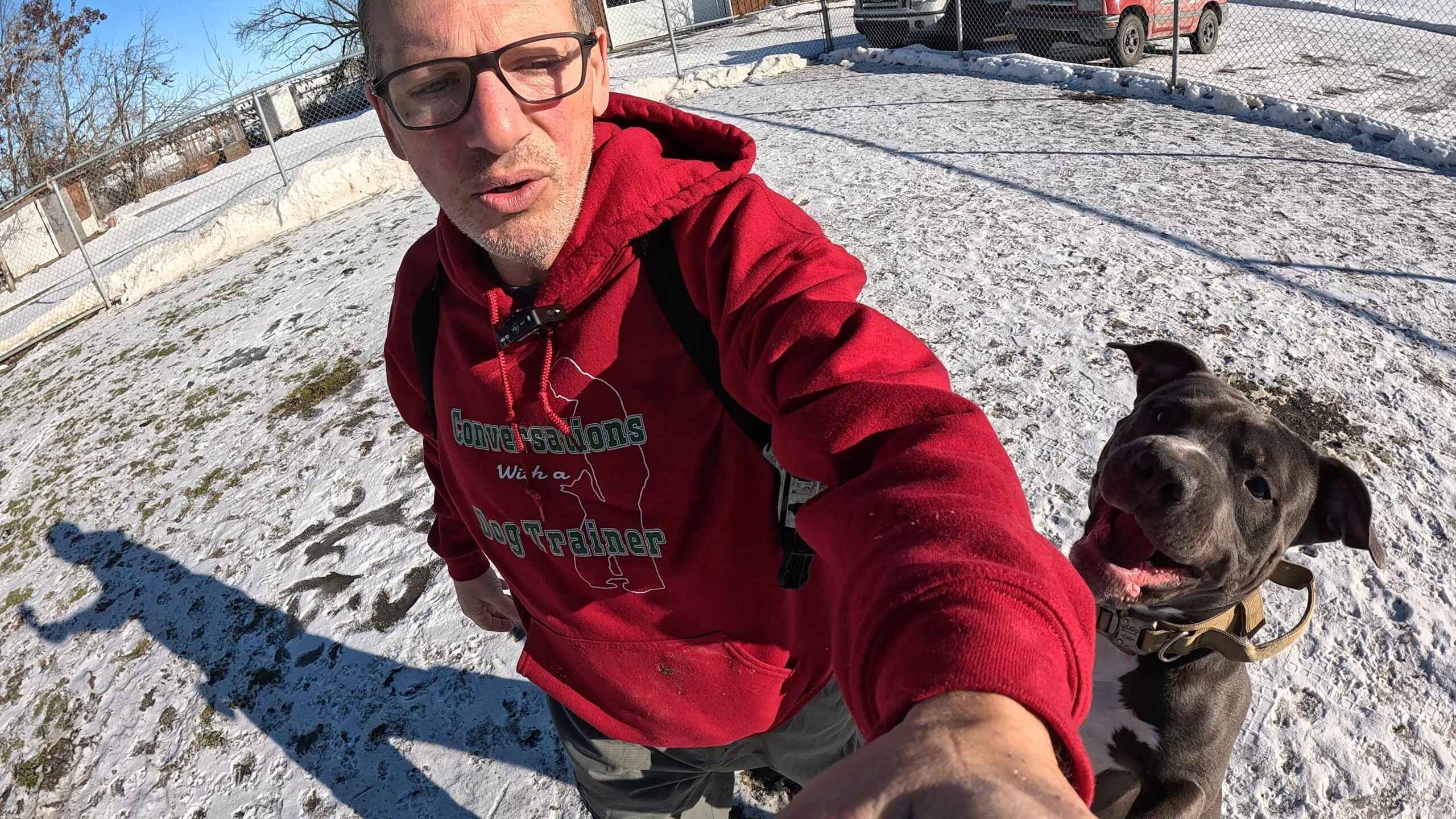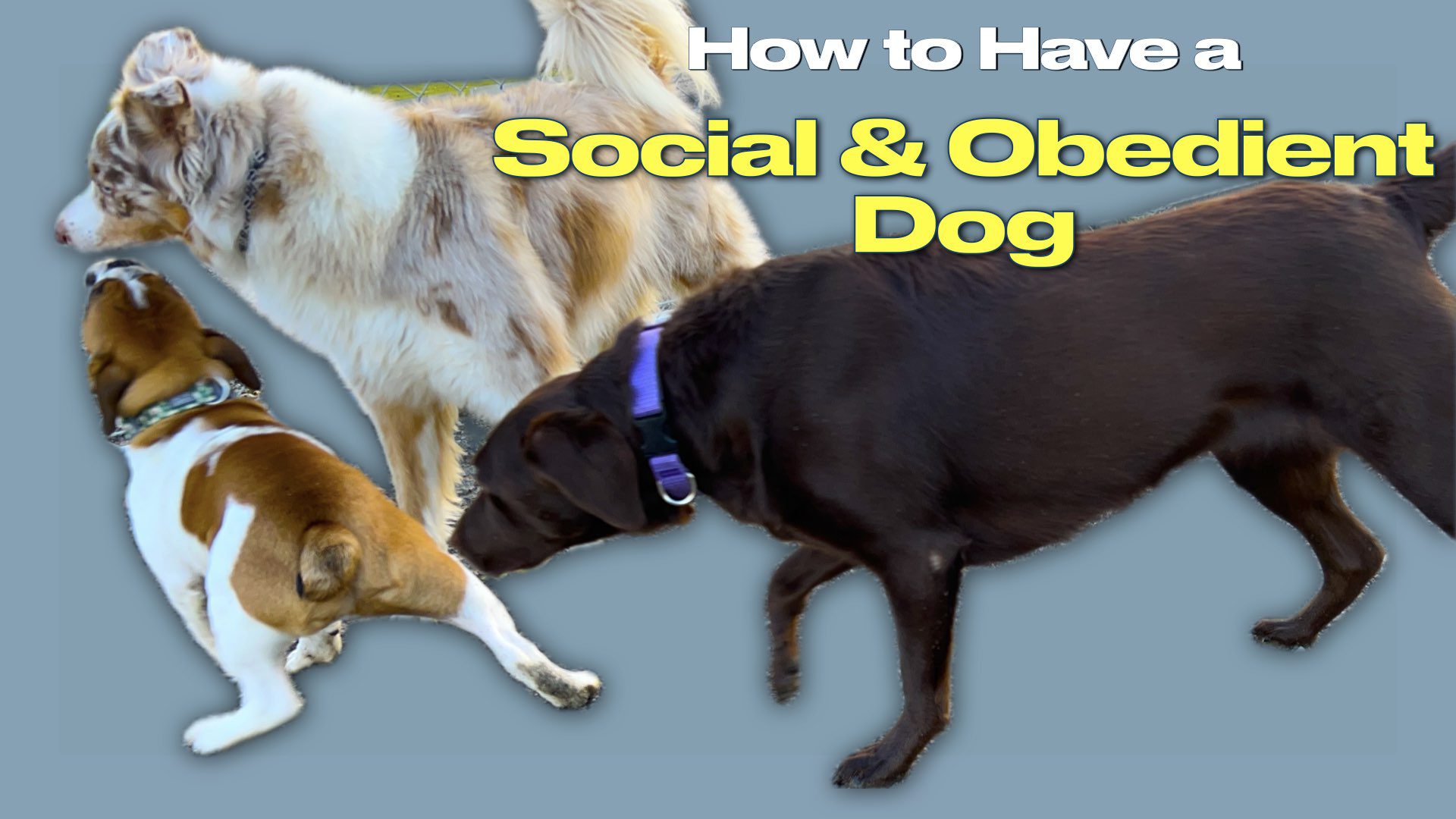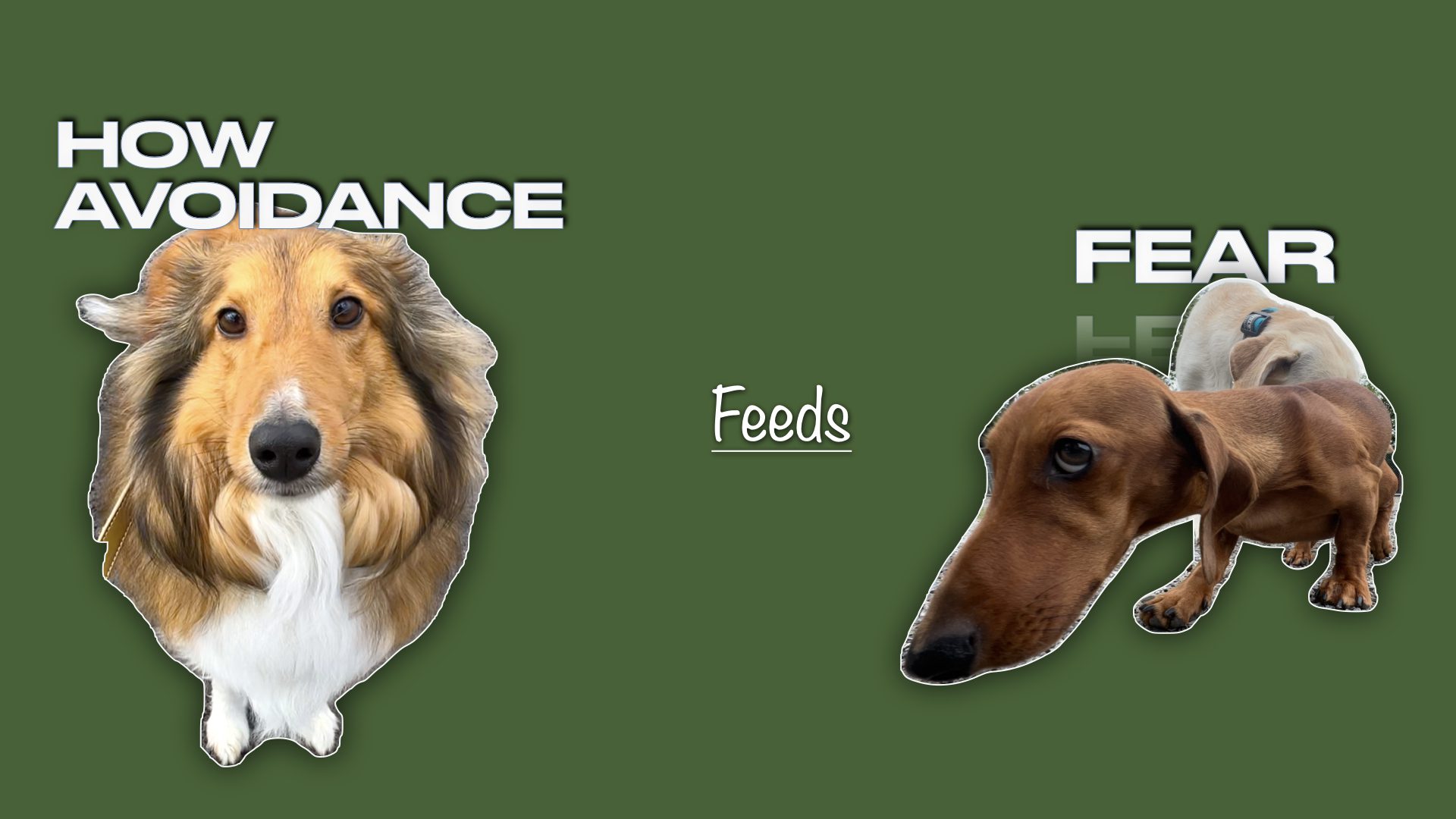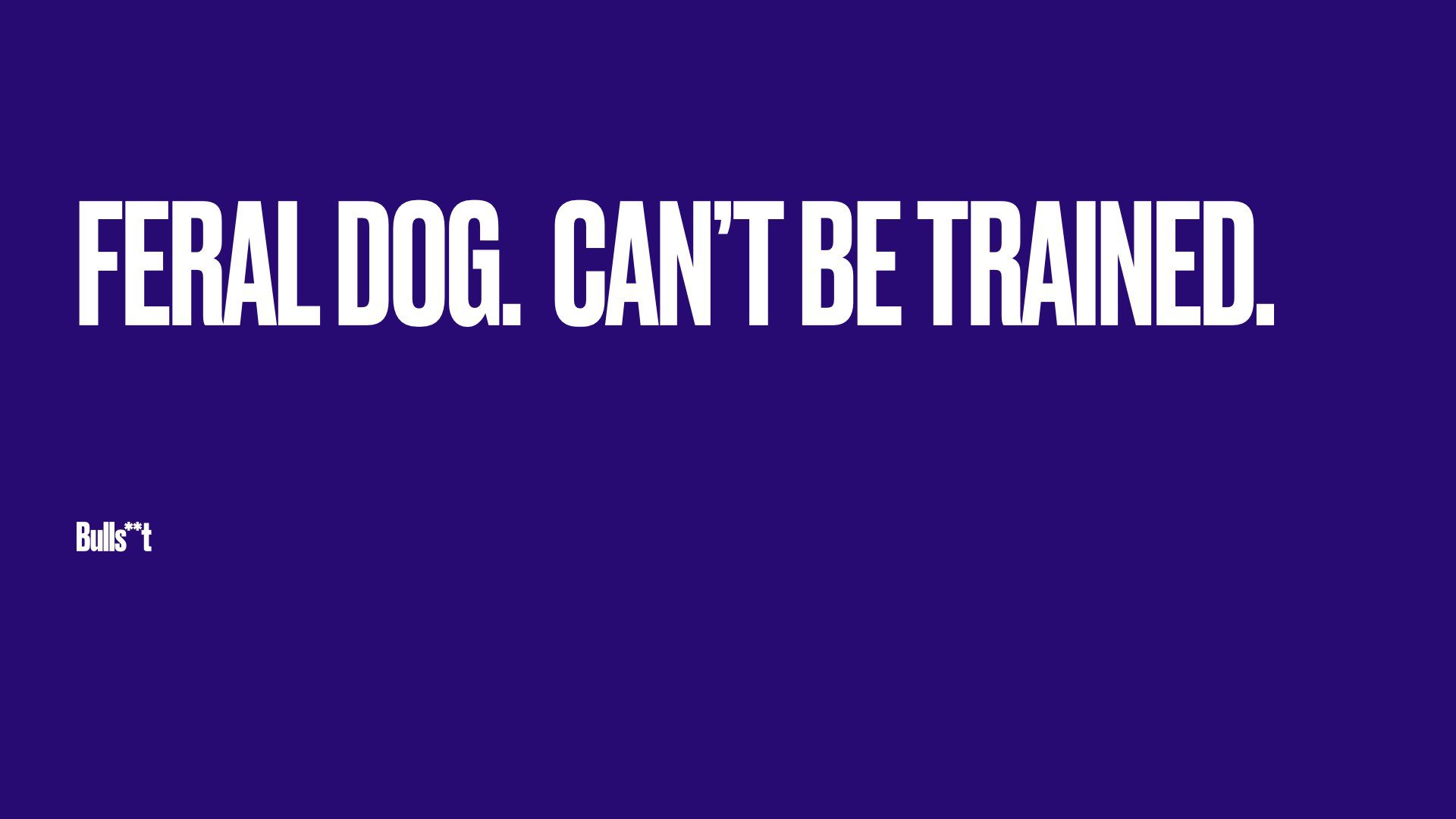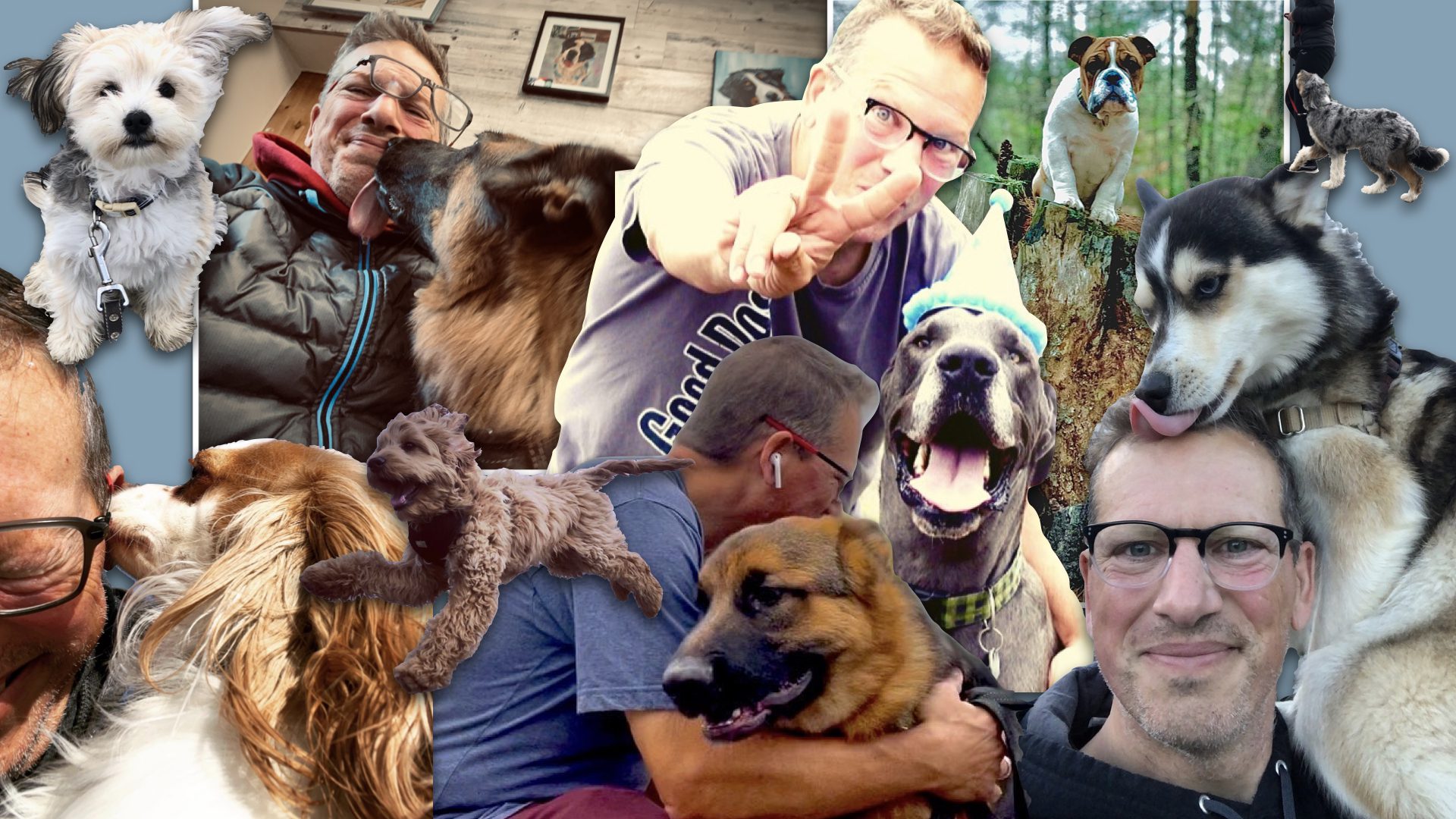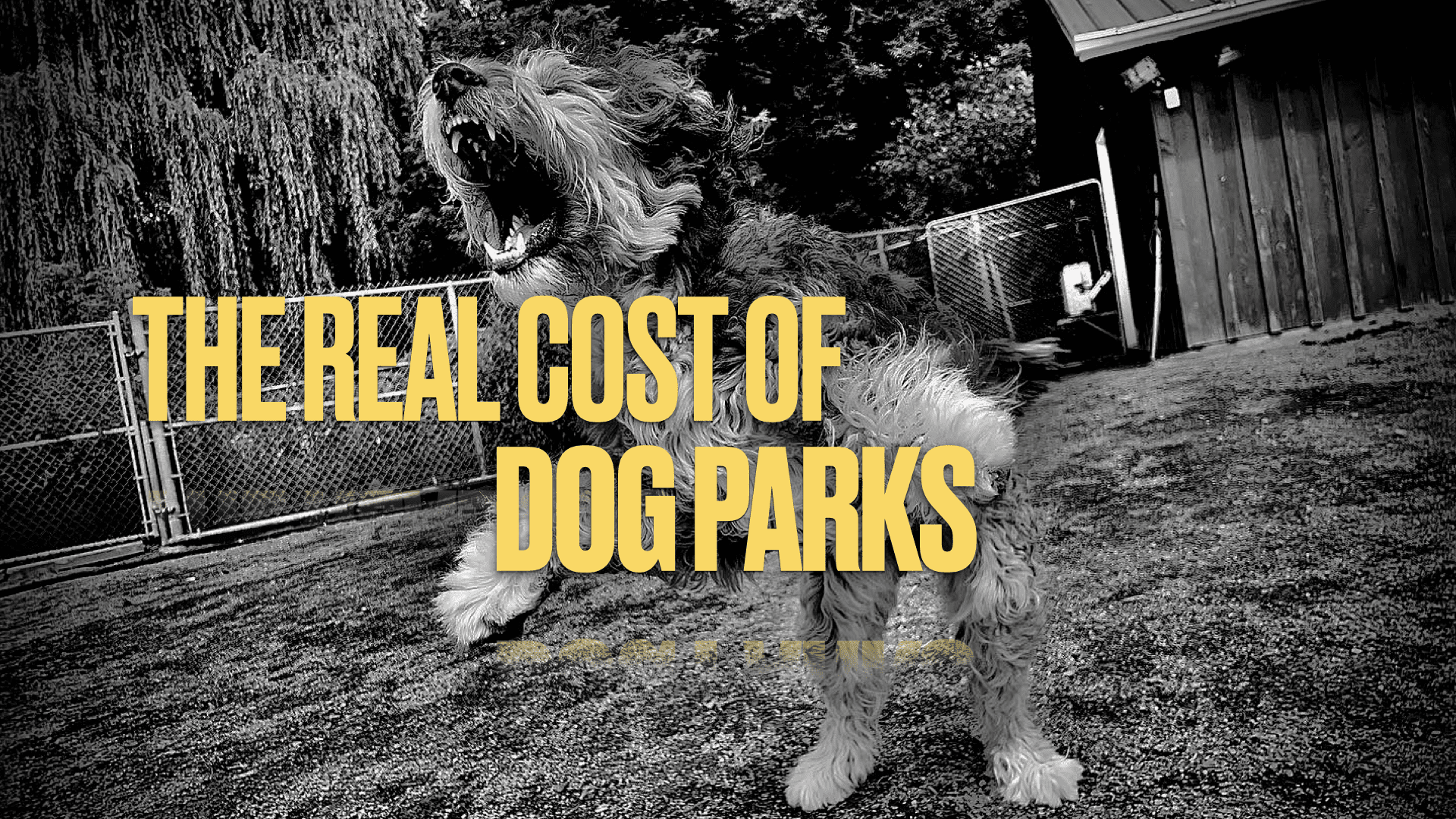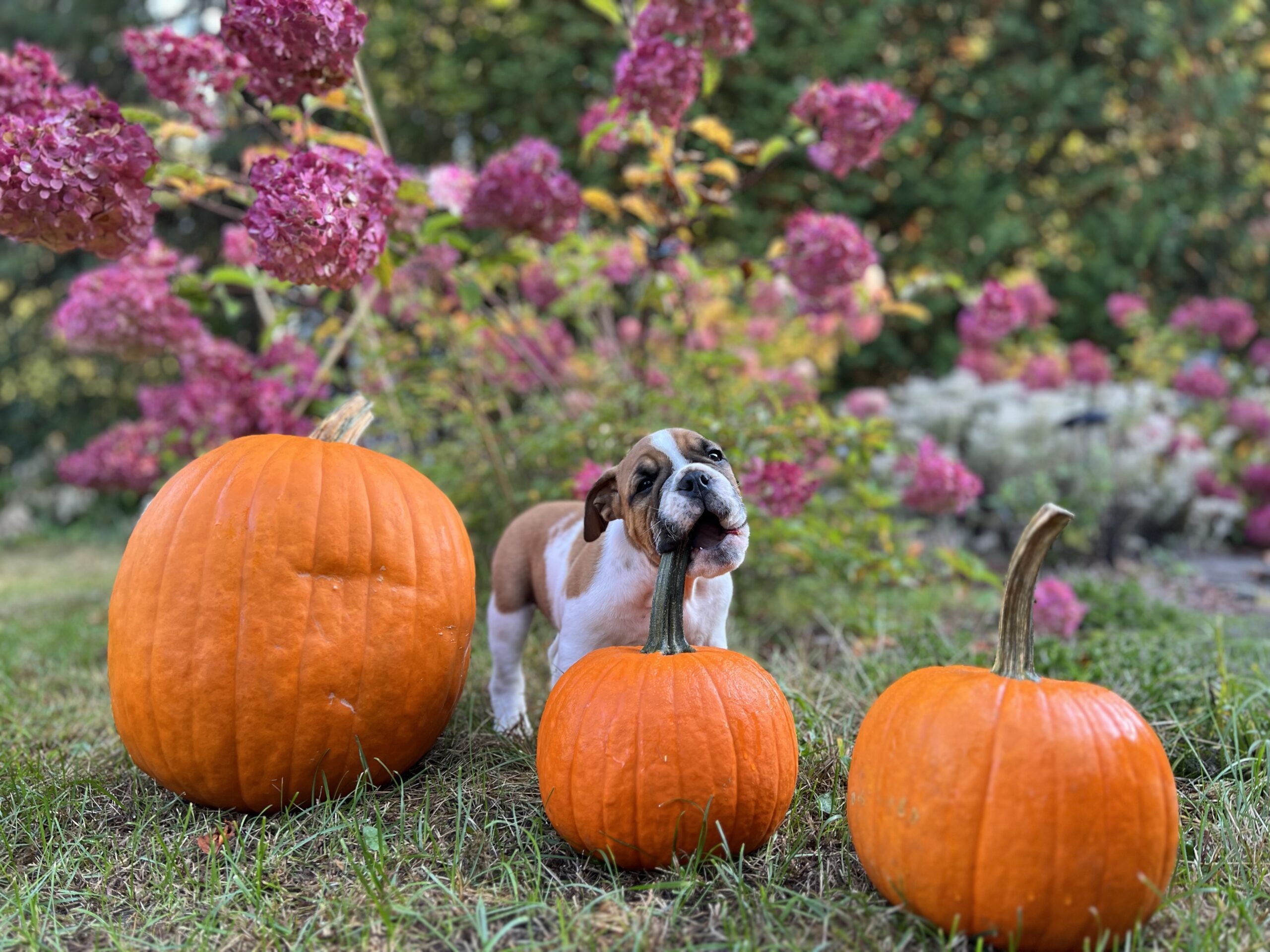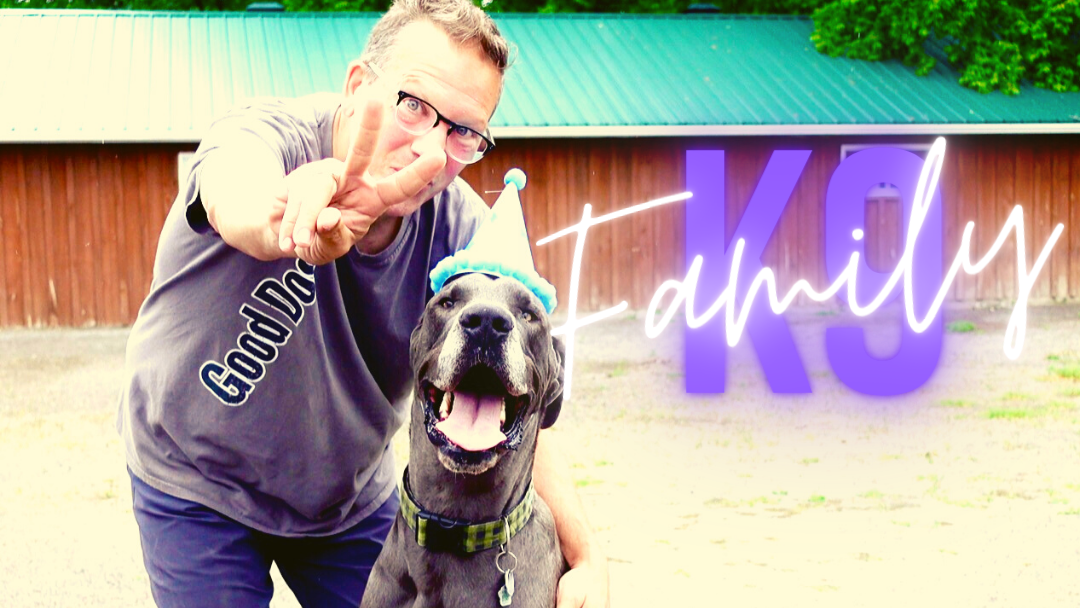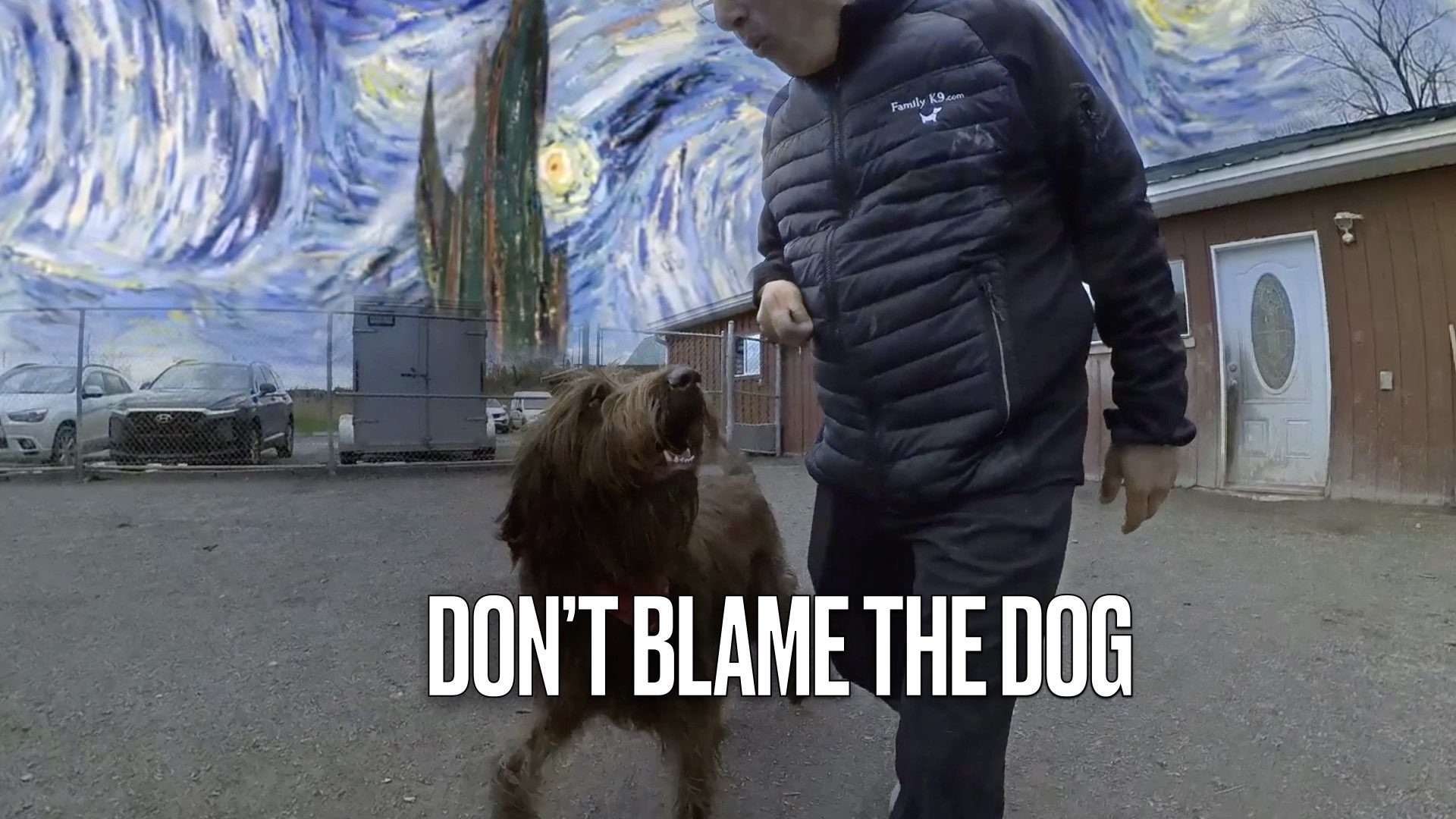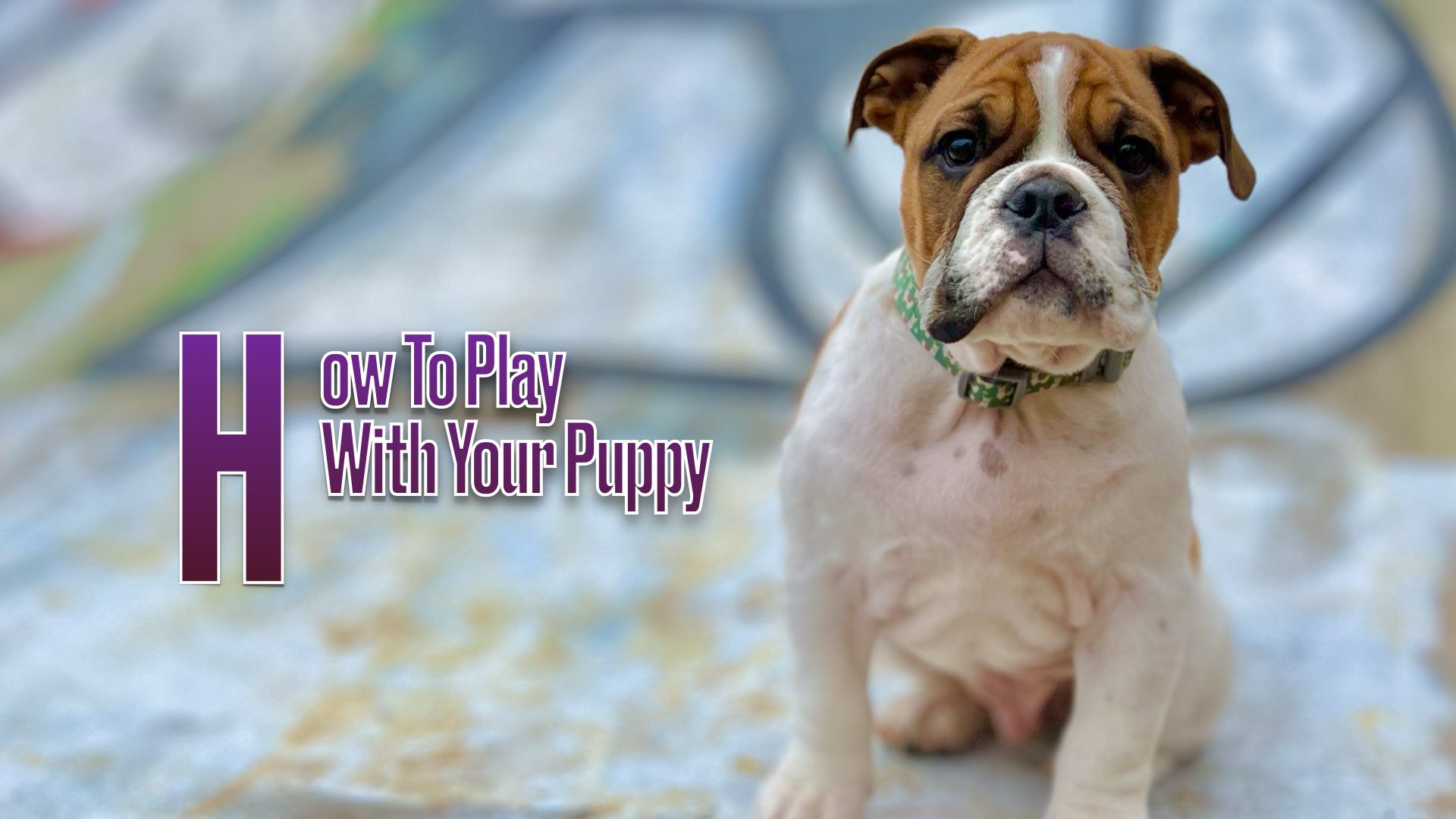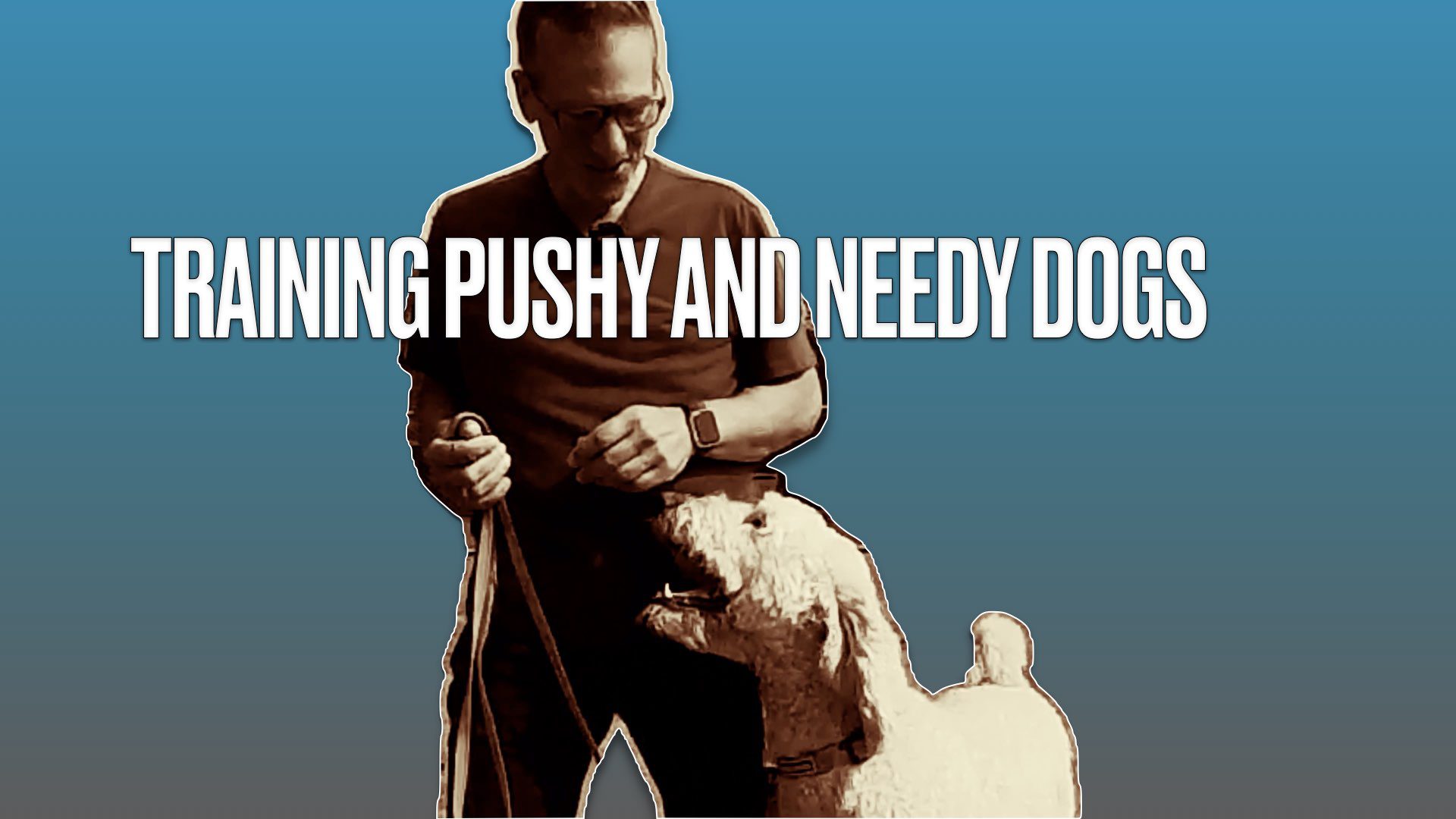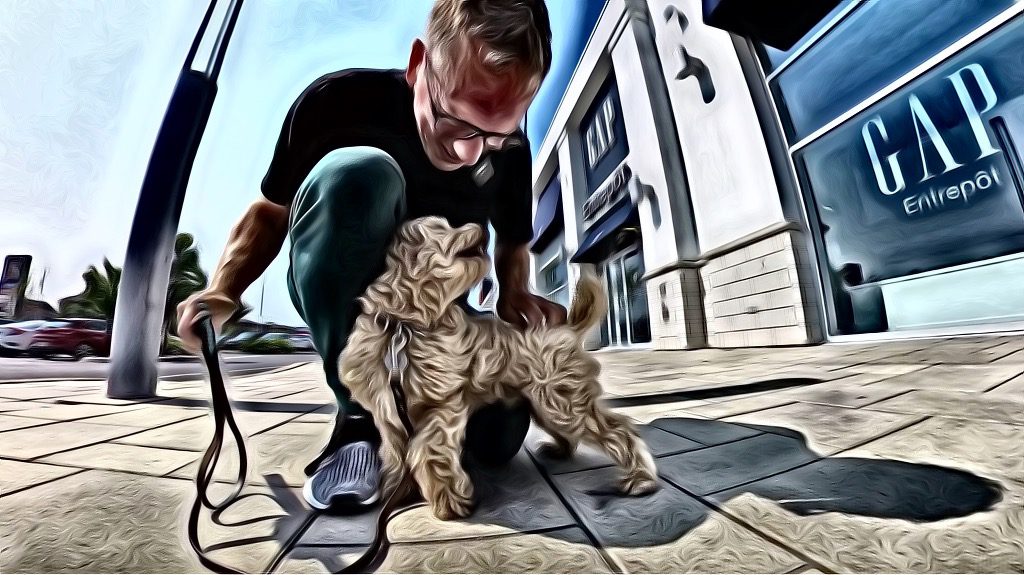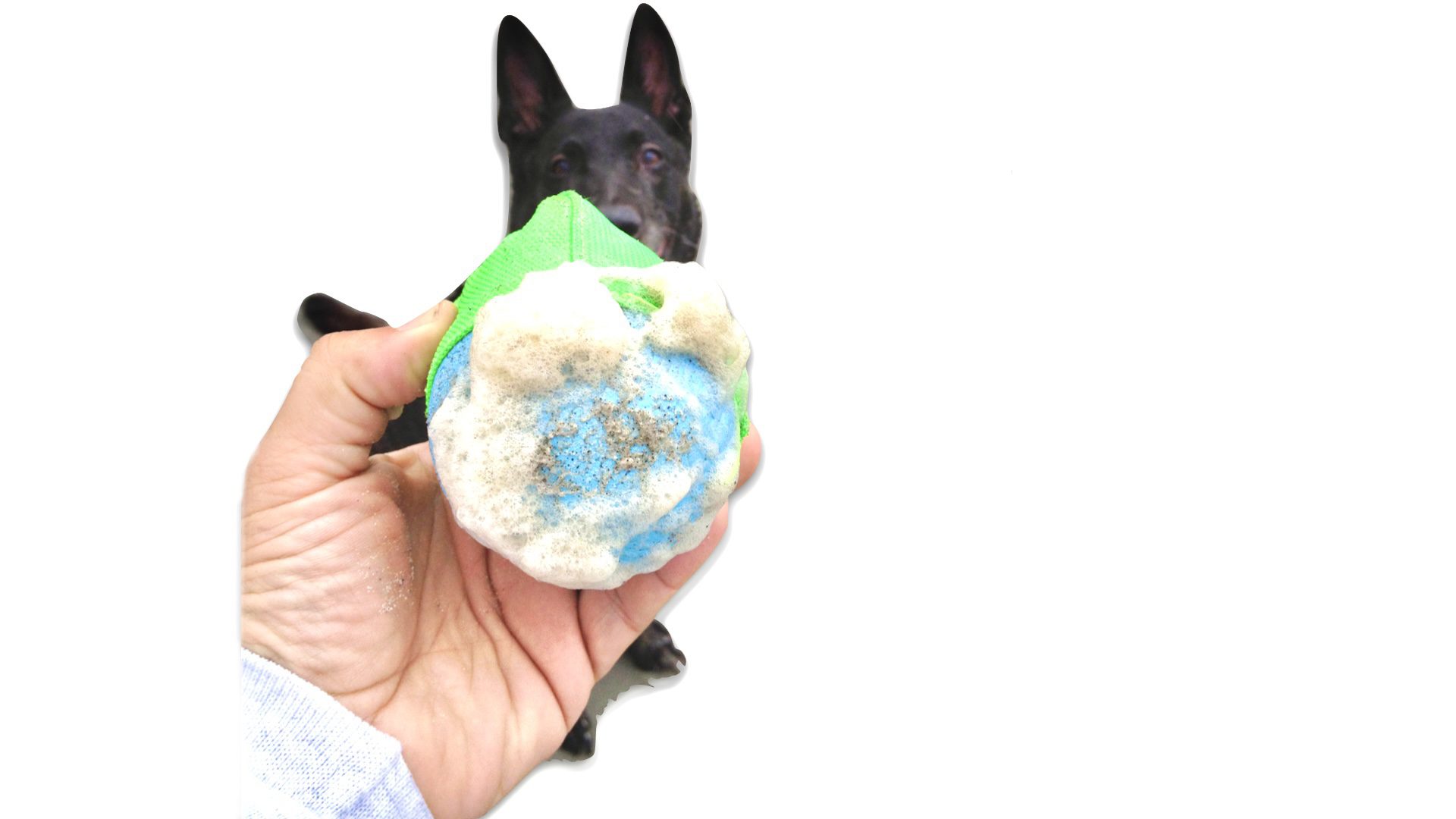Montreal & Vaudreuil Dog Trainer & Behaviour Modification Expert for 30 years!
Proudly helping Humans and their K9’s for 3 decades! Using scientific, proven and humane dog training methods.
Your Relationship with Your Dog.
Better.
A total new perspective.
Meet Nick Zevgolis – Montreal’s Leading Dog Training Expert for 3 decades! Professional help in all aspects of Dog Training:
Montreal Dog trainer – Family K9 Dog Training – Has been providing professional dog training services to Montreal Dog Owners for 30 years! Nick is often called upon by dog owners who have already tried to train their dogs with other dog trainers and not been able to achieve quality results.
In home dog training, one on one private dog training courses at the kennel and in kennel boarding and training options are available.
Dog Training Services Montreal & off island
- Puppy selection
- Successfully raising a well balanced puppy
- Puppy training
- Obedience training
- Help with obedience issues
- Help with dogs that trainers and methods failed with.
- Consultations for canine problem behaviour
- Courses for Confidence building
- Socialization
- Behavioural problems such as:
- Reactivity
- Fear Aggression/Avoidance
- Separation Anxiety
- Aggression
- Soiling in the house
- Excessive Barking
Professional Dog Training Services Montreal
Referred by Veterinarians, Dog Trainers, Groomers and of course, Dog Owners.
Nick is a big believer in providing the highest level of service to his clients and their dogs. He enjoys relationships with many clients that have spanned over the course working with of multiple dogs. Family K9 Dog Training guarantees its training programs (except for Puppy Pre School since this is just the very beginning of raising an obedient dog).
Dog Training specializing in:
Building Human / Canine relationships
Through training, communication and understanding.
Family K9 has proudly earned it’s reputation the old fashioned way. By providing Montreal area dog owners with the best dog training available for over 25 years. Attention to detail , professionalism and treating clients and their dogs with the utmost caring and respect. Backing all this up with a guarantee.
In the 25 plus years that Family K9 Dog Training has been in business there have been a proliferation of new dog trainers that crop up each year. Anyone can claim to be a dog trainer – please make sure you are working with a professional who has a long standing track record of success in canine training.
Nick is sought after in the training of from across Canada, the US and abroad as well. See the Dogs trained across Canada and USA page for details.
Training for you and your puppy to get started in a positive direction!
Puppies love to learn and teaching them good habits is much easier than correcting bad ones later on. This course is designed to help people with puppies aged between 8-16 weeks old get started on the right track .
Topics covered:
- Crate training
- Socialization
- Housebreaking
- How to properly play with your puppy. The most effective ways to do this to promote good habits, motivation, bonding and avoid problematic behaviour.
- Avoiding separation anxiety
- Teaching manners such as not jumping, not nipping and not chewing or destroying items.
- Light obedience
- And much much more
Hands on training with you, your K9 buddy and Nick @ your home or at the kennel!
This course is designed for the owner who would like to have solid, obedience & control of their dog. Commands such as: sit, heel, come, place, leave it & off. Obedience as well as house manners are addressed and the course is taught in six 1-hour lessons.
All dogs should have good manners. Learning not to jump up on people and furniture, not to chew and destroy things which could be dangerous for your dog, not to bark excessively etc ..
Want to refine or take your dogs training to the next level?
Private obedience, coaching to help with your dogs’ existing training can be a very useful way to ameliorate your skill set.
Family K9’s most comprehensive dog training package!
Three weeks to a happy and obedient companion that you can confidently take anywhere. Your dog will receive daily lessons and playtime with the other dog as well as tons of TLC.
At the end of the dog’s training, Nick will teach you how to properly maintain your dog’s training for the rest of his/her life.
Nick’s methods are gentle and encouraging & help to strengthen the bond between human and dog. Family K9 is so confident in this service that it is backed it with a Lifetime guarantee.
This training package is in high demand with limited space available. Advanced reservations are required.
Nick & Boss – German Shepherd Dog in Training
In certain cases a consultation can prove very useful when we need to asses a dog’s behaviour prior to training. Or for those who live very far away a phone consultation is the next best thing to training together in a hands on fashion.
Videos and Dog Training Articles and blog posts important information for all dog owners interested in having a better relationship with their canine!
Family K9 Dog Training: Unleashing Harmony in the Montérégie Region! 🐾🏡
Attention all Montérégie pet parents! If you’re searching for a canine training experience that combines expertise, compassion, and a family-friendly approach, look no further than Family K9 Dog Training. Nestled in the heart of Montérégie, serving the regions of Vaudreuil, Hudson, Rigaud, Saint Lazare and clients from all over this premier dog training service is dedicated to transforming your four-legged family member into the well-mannered companion you’ve always dreamed of.
🌟 The Family K9 Difference: Expert Dog Trainer and Dog Owner Teacher with a Personal Touch !
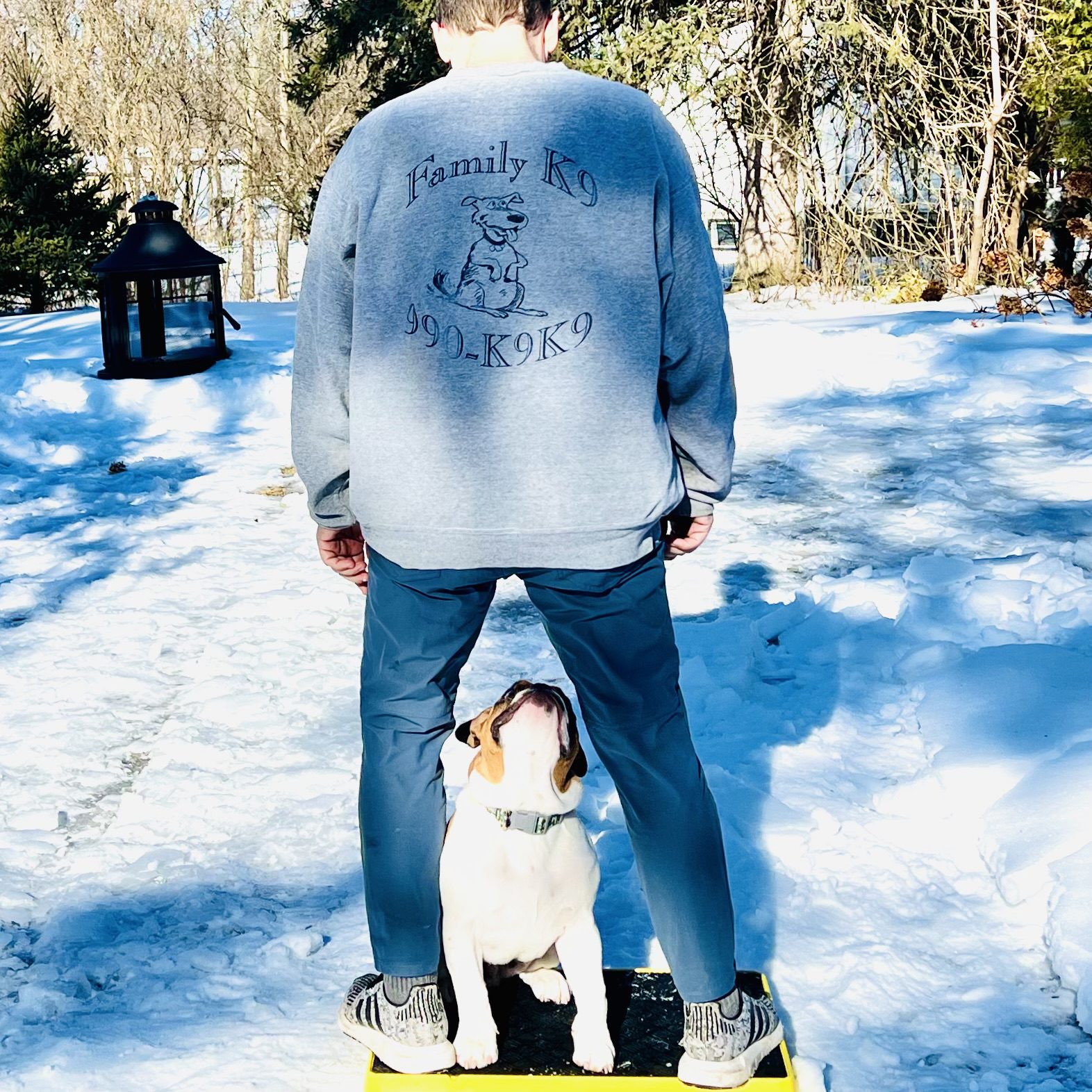
A Collection of video clips of recent in kennel dog training students
In-kennel dog training is a popular option for those seeking comprehensive and effective training solutions.
Understanding In-Kennel Dog Training:
In-kennel dog training, also known as board-and-train or residential training, is one fo family K9’s most popular services along with one on one lessons at your home or at the kennel as well. Click here to find out more about Family K9’s training program and see some recent graduates in action!
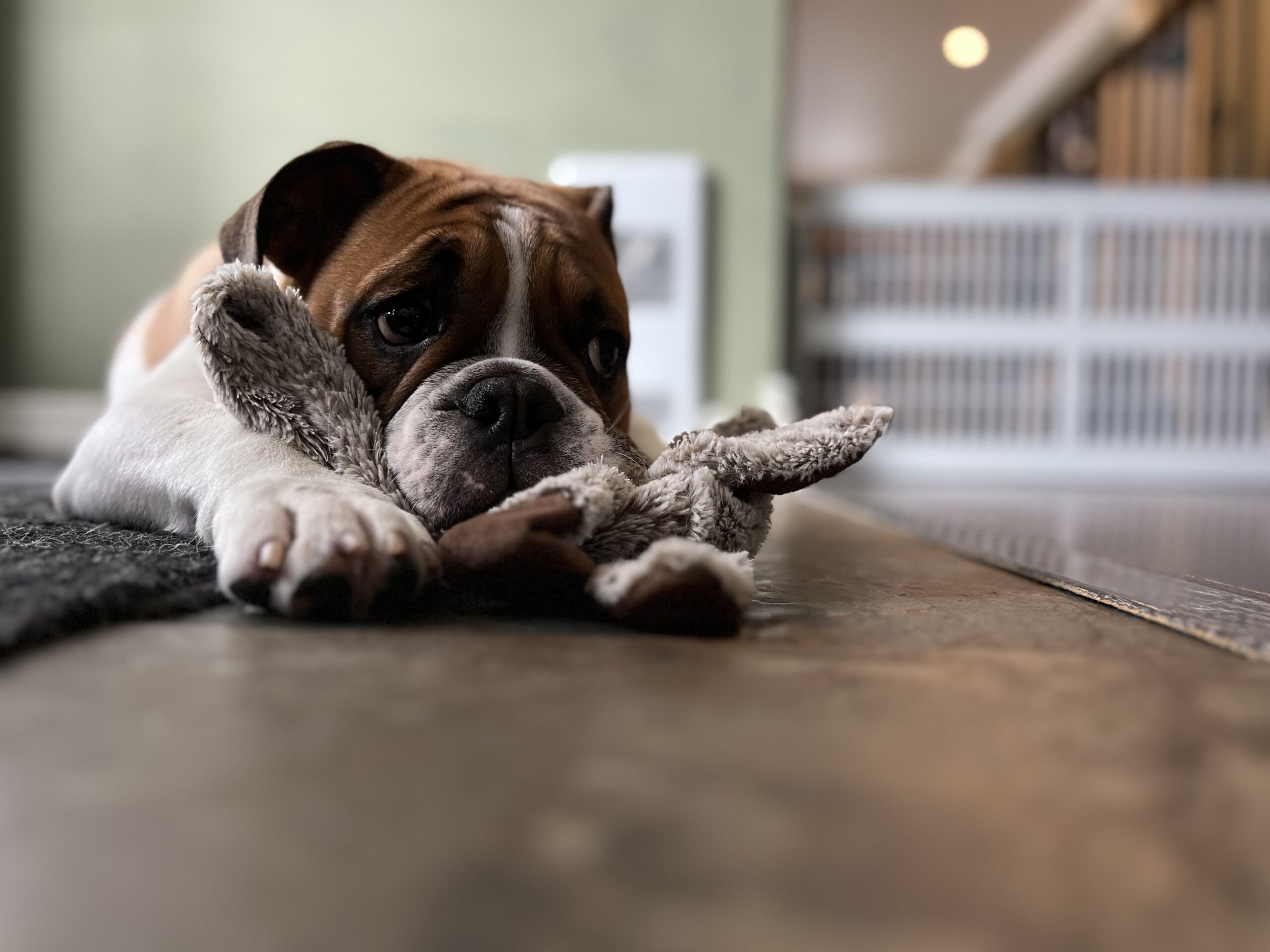
Noise sensitive dogs – More common than you think
Our K9 companions bring boundless joy into our lives, but for some, loud noises can turn their world upside down. Whether it’s thunderstorms, fireworks, or even the clang of pots and pans in the kitchen, noise sensitivity can cause distress and anxiety in our beloved pets. Today, we embark on a journey to understand and assist our canine companions in overcoming their noise-related woes. Click here to read the full article and see a vide on how to help your dog with noise sensitivity
Unleashing Socialization Success for Montreal Pups
Welcoming a furry friend into your Montreal home? Discover expert tips on how to socialize your puppy, ensuring they become the bark of the town!
Click on the image to read more about how to properly socialize your dog, and watch an instructional video on socialization and obedience training.
Dog owners need to understand how to foster emotional health in their dogs. Teaching dogs that avoidance is not only ok but is actually encouraged is a very dangerous message that will doom a dog to getting locked into fear based reactions and patterns. it is a quality of life killer for both Canine and it’s owner.
Another training school had told them that there was nothing they could do to help this dog and had relegated this dog to having to be boarded up behind sheets of plywood to keep it from trying to attack the other dogs in class.
Investing time and effort into finding the right dog trainer will not only shape your dog’s behavior but also strengthen the bond between you and your furry companion. So go ahead, embark on this exciting journey of training and watch your dog flourish under the guidance of a skilled Montreal dog trainer!
Click here to find out more about the best training services for your dog and your needs!
Dog parks are a popular place for dog owners to bring their K9 buddies. They get to romp around and get some exercise and social interaction. Montreal (and its surrounding areas) is a very dog friendly city and as such has plenty of dog parks. So do the surrounding areas such as the West Island, the south shore and Laval.
The question is should you bring your dog to a dog park?
Most Important Tips For New Puppy Owners
Getting a new puppy is exciting and can be challenging and even overwhelming at times. here are some of the most important things you must do with your new puppy.
An article and videos from Montreal area, dog owners to learn about the right approach Anne Smart strategies in order to have a well-trained dog.
It is so easy and such a copout to blame the dog. A dog trainer should be an educator, a coach, and a motivator. We should be guiding & building our dogs up and challenging ourselves to continuously find the right way for the individual dog in front of us.
Play with a puppy should be fun and engaging for both the puppy and it’s human counterpart.
Learn how to properly play with your puppy from an expert so that you can optimize your puppies behaviour in record time and have fun together while doing it!
Click on the link to go to an article and video detailing how to properly play with your puppy.
Sharing our lives, and our hearts with our dogs can bring lots of joy for everyone, but like everything else in life it’s important to understand the rules so that we don’t fall into problematic patterns.
Dogs want our attention and affection and of course we want to give it to them, it is best to understand the impact of our actions on earth dogs in order to understand how to enjoy your relationship with your dog without creating issues.
Teaching a dog to focus especially under distraction is a cornerstone of good dog training. If your dog cannot focus and be obedient when distracted it renders your training ineffective.
“Handling a dog that cannot focus under distraction is like driving a car whose brakes only work under 30KM/H”
Here we have Popeye, a young poodle who is full of life, very sweet and playful. Click on this link or the image above to go to an article and video discussing and demonstrating important concepts in dog training in order to have a well-behaved dog around distractions.
Many dog owners make errors when trying to play fetch with their dog that ultimately cost them their enjoyment of the game.
Fetch can be a wonderful way to give your dog exercise and enjoyable activity that you can share with your dog.
No more pulling on leash
Focused heeling, communication and cooperation.
From playful dogs who pull on leash to get everywhere quicker to dog reactive dogs.
Dog Training for special needs dogs
Dogs possess very impressive adaptability
Teaching canine manners
Teaching dogs not to jump up, not to bite or bark excessively or steal/destroy items
Reactive dog Training
Dog Training with an expert who has been providing dog training solutions for 3 decades!
Help improve your dog’s behaviour today!
Family K9 Dog Training Reviews from Facebook
Rating * 5.0 (41 reviews )
Get in touch
Write, speak, bark.
Poppi in for training fall 2019
Due to the nature of my schedule I am in sessions all day with clients and their dogs. Email is the best way to reach me as I cannot get to the phone very easily. Thanks in advance for your understanding.
Montreal’s Best Dog Training for over 25 years!
Copyright © Family K9 Dog Training 2023
All right reserved.

